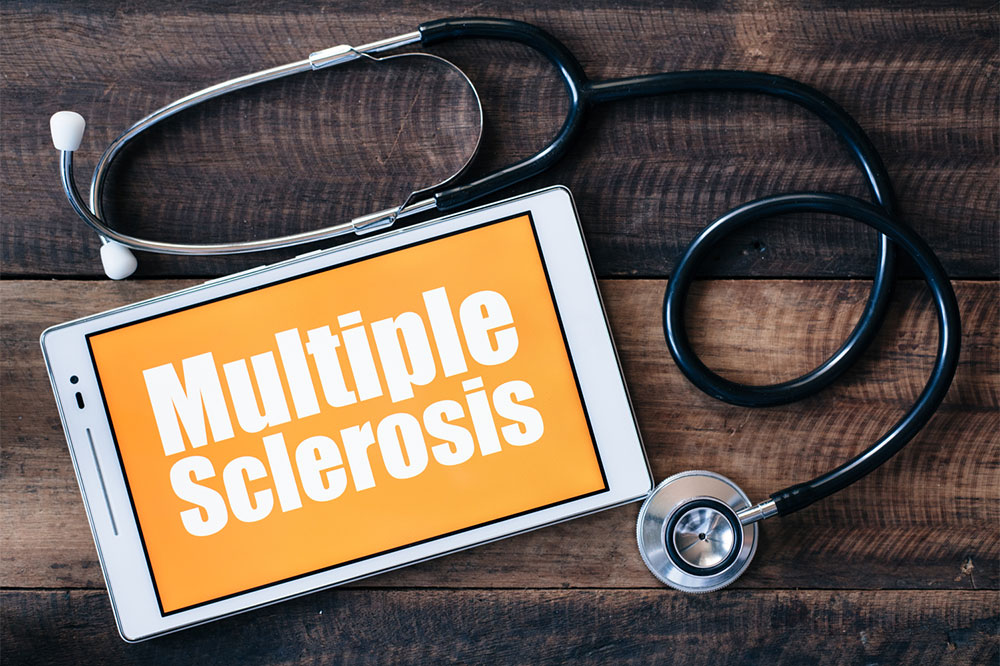Comprehensive Guide to the Top 5 Treatments for Managing Multiple Sclerosis
Explore the comprehensive management options for multiple sclerosis, including physical therapy, muscle relaxants, plasma exchange, corticosteroids, and emerging stem cell therapies. This detailed guide offers valuable insights into personalized treatment strategies to improve patients' quality of life and manage symptoms effectively.

Effective Strategies and Therapies for Managing Multiple Sclerosis (MS)
Multiple sclerosis (MS) is a complex and often unpredictable chronic neurological disorder that affects the central nervous system, specifically the brain and spinal cord. It is characterized by an immune-mediated process where the body's immune system mistakenly attacks the protective covering of nerve fibers, called myelin. This damage disrupts communication between the brain and the rest of the body, leading to a wide spectrum of neurological symptoms and disabilities. Since MS manifests differently among individuals, treatment plans are highly personalized, aiming to manage symptoms, slow disease progression, and improve quality of life.
Although there is currently no cure for MS, there are multiple treatment strategies that can help control the disease and mitigate its impact. These treatments include pharmacological options, physical therapy, and emerging interventions. The selection of therapies depends on various factors such as disease severity, symptom profile, patient health status, and personal preferences. In this comprehensive guide, we explore the top five treatment approaches for managing multiple sclerosis, providing insights into how they work, their benefits, and considerations for patients and caregivers.
1. Physical Rehabilitation and Physical Therapy
One of the cornerstone treatments for MS management is physical rehabilitation, which focuses on maintaining and improving mobility, strength, and overall physical function. As MS progresses, many patients experience muscle weakness, coordination problems, balance issues, and gait disturbances. These impairments can significantly affect daily activities and independence.
Physical therapy is tailored to address each patient's specific deficits. Physiotherapists work closely with MS patients to develop customized exercise programs that include stretching, strengthening, and balance exercises. Such interventions aim to enhance mobility, reduce spasticity, and promote neural plasticity—the brain's ability to reorganize itself to compensate for injury.
Assistive devices, including canes, walkers, or braces, are often prescribed to improve stability and safety. Occupational therapy also plays a vital role in helping individuals adapt their living environments and develop strategies to perform daily tasks efficiently, thereby preserving independence and quality of life.
Rest and physical activity are both fundamental components of MS treatment. Adequate rest helps prevent fatigue, a common and debilitating symptom of MS, while regular, moderate exercise promotes cardiovascular health, reduces stress, and boosts mood. It is essential for patients to work with healthcare professionals to establish balanced routines that support recovery and overall well-being.
2. Use of Muscle Relaxants for Symptom Relief
Muscle spasms and stiffness are frequent during MS exacerbations, often resulting in pain, discomfort, and reduced mobility. These symptoms can be particularly bothersome during flare-ups or in the later stages of the disease. Pharmacological intervention with muscle relaxants is a common and effective approach to managing these symptoms.
Medications such as baclofen and tizanidine are widely prescribed for their ability to relax spastic muscles, alleviate cramps, and reduce associated pain. These agents act on the central nervous system to decrease muscle tone, leading to improved comfort and mobility. Patients are typically monitored closely due to potential side effects like drowsiness, weakness, or dizziness, which can impact daily functioning.
In addition to systemic medications, botulinum toxin (Botox) injections may be used in specific cases to target localized muscle spasticity, providing targeted relief and improving range of motion. Combining medication with physical therapy enhances outcomes, allowing patients to maintain their independence and improve their quality of life.
3. Plasma Exchange (Plasmapheresis) for Severe or Refractory Symptoms
Plasma exchange, also known as plasmapheresis, is an advanced therapeutic procedure used in severe cases of MS, particularly when patients do not respond to standard treatments like corticosteroids or immunomodulatory drugs. This process involves removing blood plasma from the patient, filtering out harmful immune components, and then replacing it with a substitute fluid, often albumin or donor plasma.
The goal of plasma exchange is to eliminate pathogenic antibodies and inflammatory mediators that contribute to MS flare-ups. It is particularly effective in acute episodes with significant neurological impairment, such as sudden weakness, optic neuritis, or severe sensory disturbances. The procedure usually requires multiple sessions under close medical supervision.
Studies have shown that plasma exchange can lead to meaningful improvements in neurological function when other therapies have failed. However, it is an invasive procedure that carries risks such as infections, bleeding, or allergic reactions. Therefore, it is reserved for carefully selected patients and performed in specialized medical centers.
4. Corticosteroids to Reduce Inflammation and Symptom Severity
Corticosteroids like methylprednisolone and prednisone play a vital role in the acute management of MS relapses. These potent anti-inflammatory drugs are prescribed to quickly reduce nerve inflammation, minimize tissue damage, and shorten the duration of exacerbations.
Depending on the severity of symptoms, corticosteroids can be administered orally or intravenously. While effective in controlling acute symptoms, they are not recommended for long-term use due to potential side effects, including increased blood pressure, mood swings, mood disturbances, fluid retention, and osteoporosis.
Careful medical oversight is essential to balance benefits and risks. Following corticosteroid therapy, patients may undergo a gradual tapering process. Adjunct therapies such as physical therapy and symptom management strategies are integrated to support recovery and prevent future relapses.
5. Emerging Treatment: Stem Cell Therapy
One of the most promising and innovative approaches in MS treatment is stem cell therapy. This emerging intervention aims to repair and regenerate damaged nerve tissues, addressing the root causes of neurological deficits rather than merely managing symptoms.
Stem cell therapy involves harvesting stem cells—unspecialized cells capable of developing into various tissue types—and introducing them into the body with the hope they will differentiate into healthy neural tissue. This approach could potentially restore lost functions and halt disease progression.
Research is ongoing to evaluate the safety, efficacy, and long-term benefits of stem cell treatments for MS. Various types of stem cells, including mesenchymal and hematopoietic stem cells, are under investigation in clinical trials around the world. Although promising, stem cell therapies are still considered experimental and are available primarily through approved research programs.
Despite being in the experimental stage, stem cell research offers hope for future cures and significant improvements in disease management, potentially revolutionizing the treatment landscape for MS patients.
In summary, managing multiple sclerosis requires a multifaceted approach involving medications, physical therapy, and emerging treatments. Each strategy plays a vital role in controlling symptoms, reducing relapses, and enhancing the quality of life for individuals living with MS. Patients should work closely with their healthcare team to develop a personalized treatment plan that addresses their unique needs and circumstances, ensuring the best possible outcomes while navigating this complex disease.





